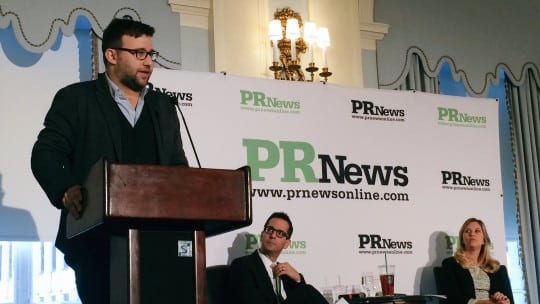
Repeat after me: Measurement is not an afterthought.
As excited as we all are to jump into action with a brilliant new PR initiative, it's important not to find yourself asking yourself in the aftermath "...wait, what should we have been measuring? Are the numbers we ended up with great, good, bad? Are those numbers important to my boss?" Look before you leap, and lay a foundation for what to measure and what to expect.
Eli Draluk, director, analytics & strategy, Burson-Marsteller, weighed in on the issue at PR News' Measurement Workshop at the Yale Club in New York City Nov. 16. Draluk subscribes to the S.M.A.R.T. school of setting benchmarks, i.e. that they should be Specific, Measurable, Attainable, Relevant and Time-Based. Here is a set of considerations he recommends taking into account as you set up a framework for what success looks like.
Previous Campaigns: It's somewhat obvious to ask "have we done something similar before?" But also remember to ask "has a competitor done something similar before?" If you can examine the resources and outcomes at play in a competitor effort, that can play a large role in informing your future measurement.
Last Month or Quarter: Naturally, you'll want to measure changes over time. Make sure you take the temperature, so to speak, of every metric you intend to measure for at least a month or quarter before you engage in the effort meant to affect that metric.
Dollars Spent: If your budget this year is half that of last year, that's a strong consideration that will need to be factored into the expected outcome of every number you measure.
Look at Marketing: The PR department doesn't need to be an island. Visit your colleagues in marketing to see how they are setting benchmarks. Compare your dollar spend and set benchmarks based on that. Draluk recommends having the initial conversation at the beginning of your yearly planning so that PR and marketing are on the same page.
Make an Educated Guess: At some point you'll have to take a bit of a leap. Using all the above, make an educated guess about where you expect to land when the dust settles. You don't have to hit a bullseye: Use a range of numbers. And if you're doing something that neither you nor anyone else has done before, manage expectations with the higher-ups based on that.
Follow Eli Draluk: @edraluk
Follow Ian James Wright: @ianwright0101
